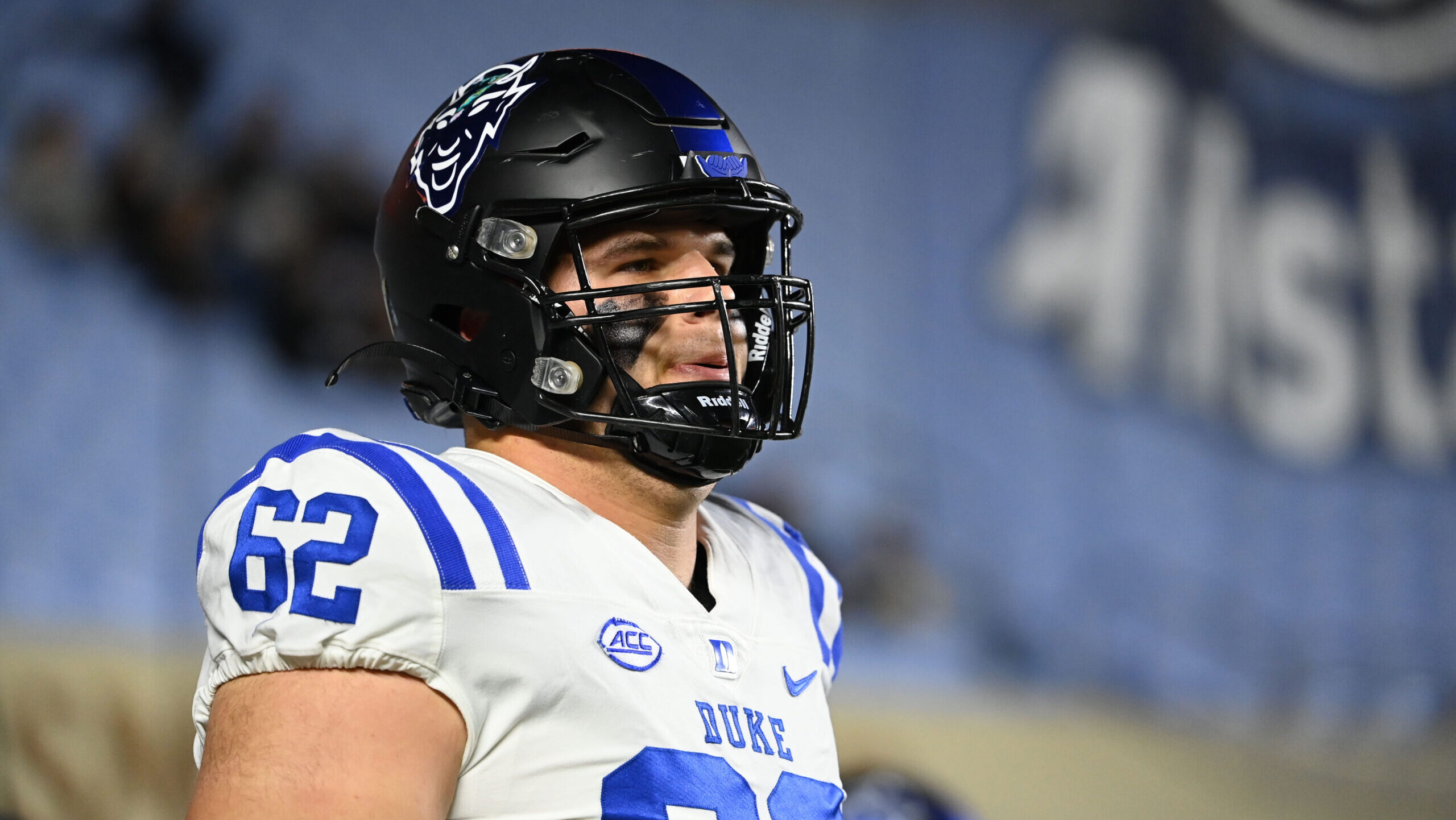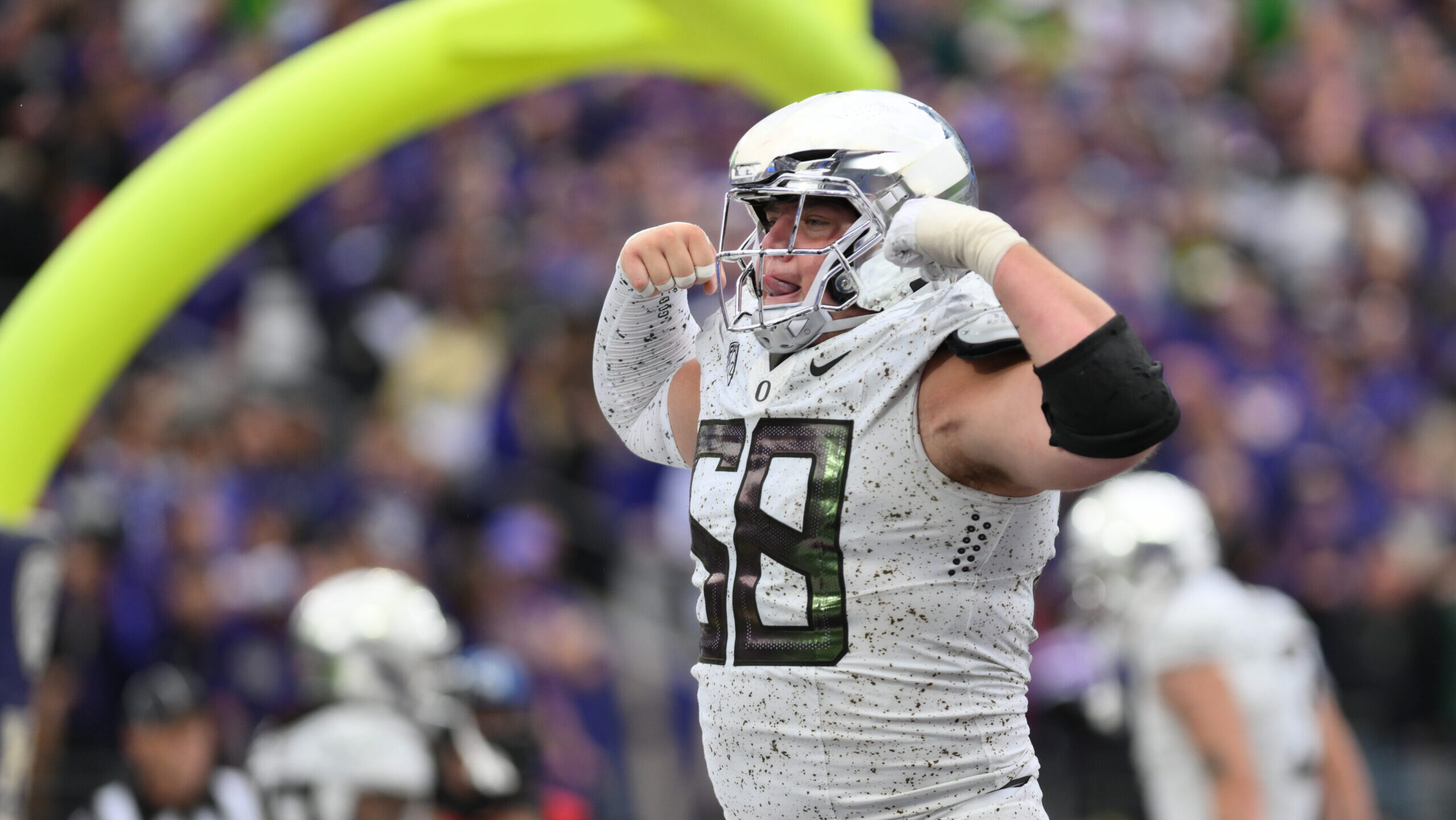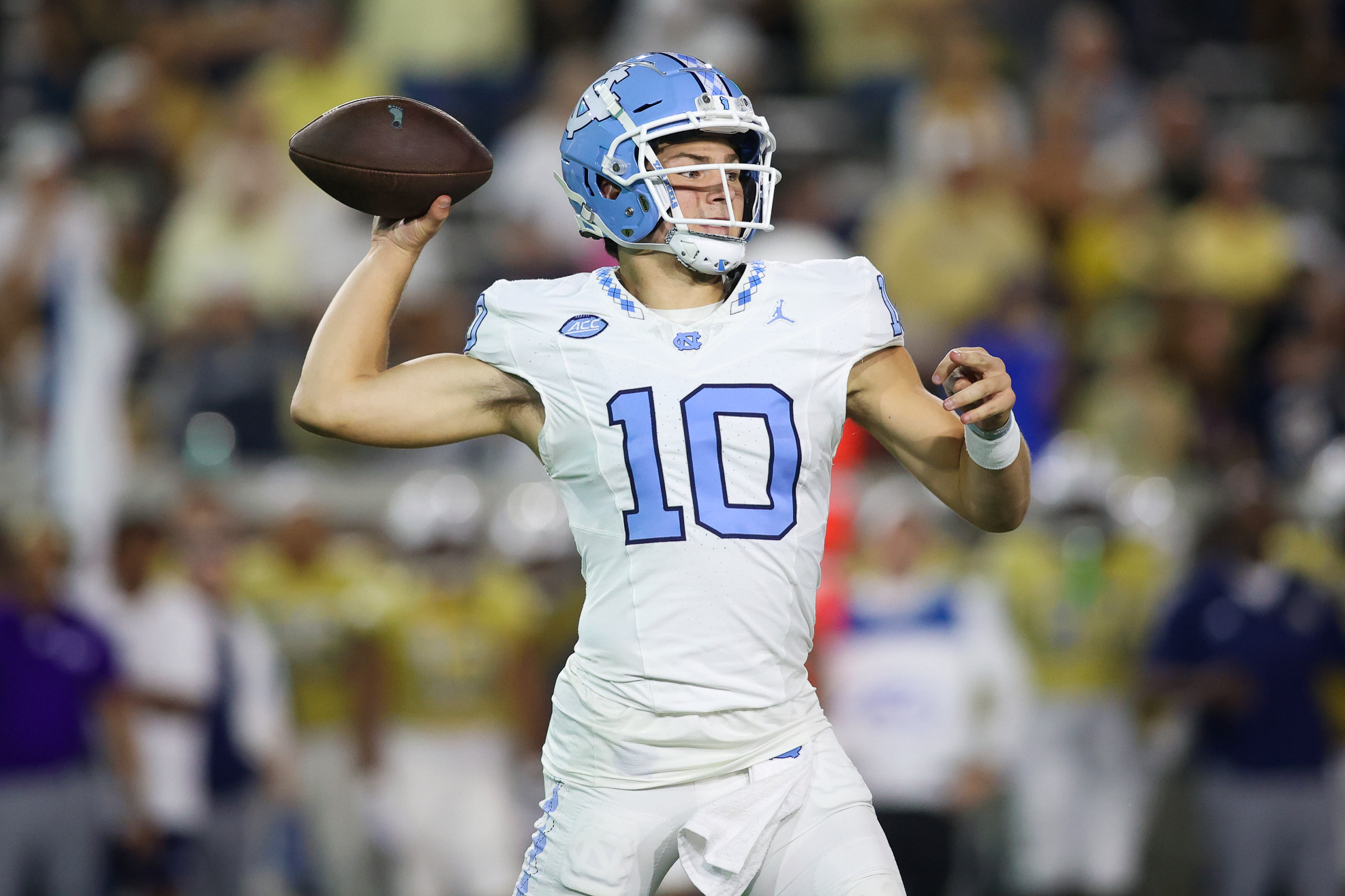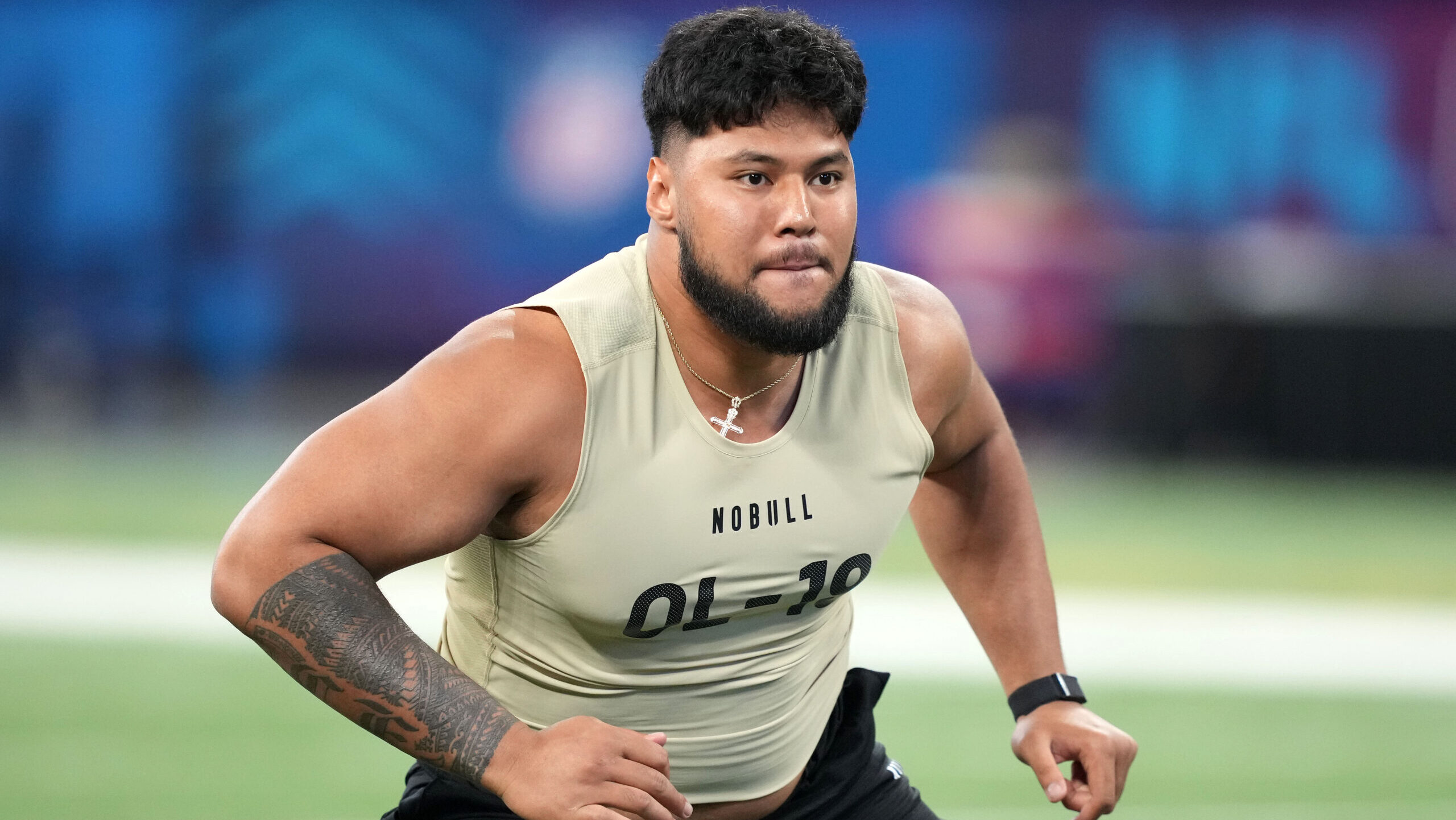Analysis
6/23/22
6 min read
Who Should Adjust: Quarterback or Coaching Staff?
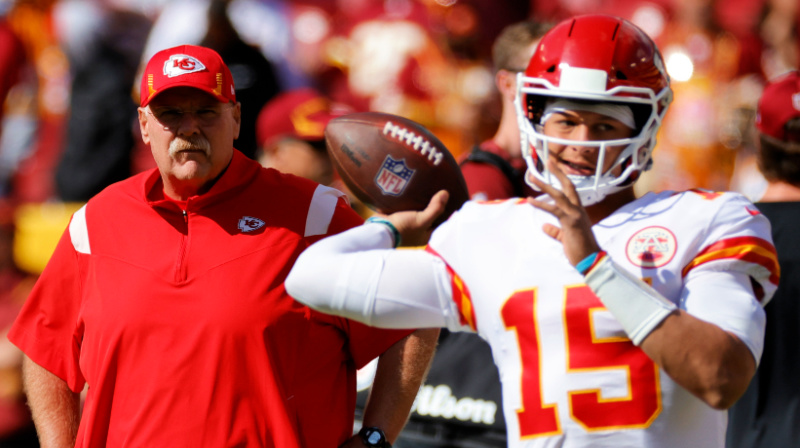
NFL offenses evolve every single year and find more ways than ever to score each season. The quarterback position is absolutely pivotal to the efficiency of an offense, as they control the passing element, and are in essence, coaches on the field.
So, it begs the question, do QBs have more success when Head Coaches and Offensive Coordinators build a scheme around the talents of their QB, or if the QB is forced to adapt to an already established scheme for a team?
The evaluation process before bringing in any new QB starts months in advance. If it’s an NFL Free Agent, the Pro Personnel Department will have scouted them during the previous season (normally earlier than others if that QB is on the schedule for our team). If it’s a potential incoming QB from the NFL Draft, then the College Scouting Department will normally know about them in their penultimate season of College Football.
Obviously, the talent level and performance of the QB is the most crucial factor when evaluating them. But considering how they’d fit into a scheme is arguably just as important.
This is why conversations with existing coordinators about new players or hires of new coaching staff must be made in advance of key periods like the draft and free agency, to understand exactly how different players would fit into the scheme for the next season.
This was the case when signing Kirk Cousins in 2018, and the transition to a new Offensive Coordinator. John DeFilippo became the Offensive Coordinator for that season and joined us from the Eagles where he worked with Doug Pederson in a West Coast offense, similar to that of the Washington Commanders where Kirk previously played under Mike Shanahan and Jon Gruden; two of the biggest names associated with the modern West Coast offense.
We had Kirk signed initially to a 3-year contract, but it was important to ensure that a stable system surrounded the offense to avoid a complete overhaul of systems and terminology so then came in Kevin Stefanski and Gary Kubiak who all followed the same West Coast offense principles.
While a lot of teams do stick to the same system that the QB is accustomed to, in order to make their life easier, there are examples of QBs who join a team and must adapt to a pre-established offensive scheme – just like Carson Wentz.
Wentz joined the Philadelphia Eagles from North Dakota State in the 2016 NFL Draft, and it was a vastly different offense to what he ran at NDSU. NDSU employed a very run-heavy, power offense and he wasn’t required to throw as much as he has done in the NFL.
For example, in his senior season at NDSU, he only played 7 games (due to a broken wrist of his throwing arm) but recorded 27.1 passing attempts per game and 46.4% of offensive snaps were intended passing downs, a smaller value than his lowest amount of passing attempts with the Philadelphia Eagles (35.8 per game in 2017 – where 61.0% of snaps were intended passing downs). As mentioned, the style of play was quite different, with 51.6% of his college snaps under center, while he’s averaged 29.7% of NFL snaps under Center, so he was viewed as more “pro-ready” compared to other college prospects who operated almost solely from the Shotgun.
The actual play calling of the two schemes differed a great deal too. NDSU attempted only 60 zone-running plays in Wentz’ senior season, compared to 269 in his rookie season with the Eagles. Obviously, these run types set up Play Action and so Wentz had to adjust his footwork, timing and become accustomed to a whole new system. Eventually in 2017, Wentz saw success, leading the Eagles to an 11-2 record before tearing his ACL in Week 14 and Nick Foles played out the rest of the season, winning Philadelphia their first Lombardi Trophy.
The best coaches are therefore those who are not set in their ways and are adaptable to personnel, a fitting example being Andy Reid. He had success himself with the West Coast offense in Kansas City after trading for Alex Smith, leading to 3 Pro Bowl Selections for Smith and 4 Playoff appearances in Smith’s 5 years as a starter.
However, when they drafted Patrick Mahomes, Reid adapted the system to become more similar to the Air Raid system that Mahomes had learnt in college. ADOT (average depth of target) increased from 7.2 yards during Alex Smith’s tenure as QB to 8.9 under Mahomes, and other adaptations were made to allow such success – for example, the amount of 5- and 7-step drops per season increased by an average of 46% from the Alex Smith years to Mahomes’ first 4 years in KC.
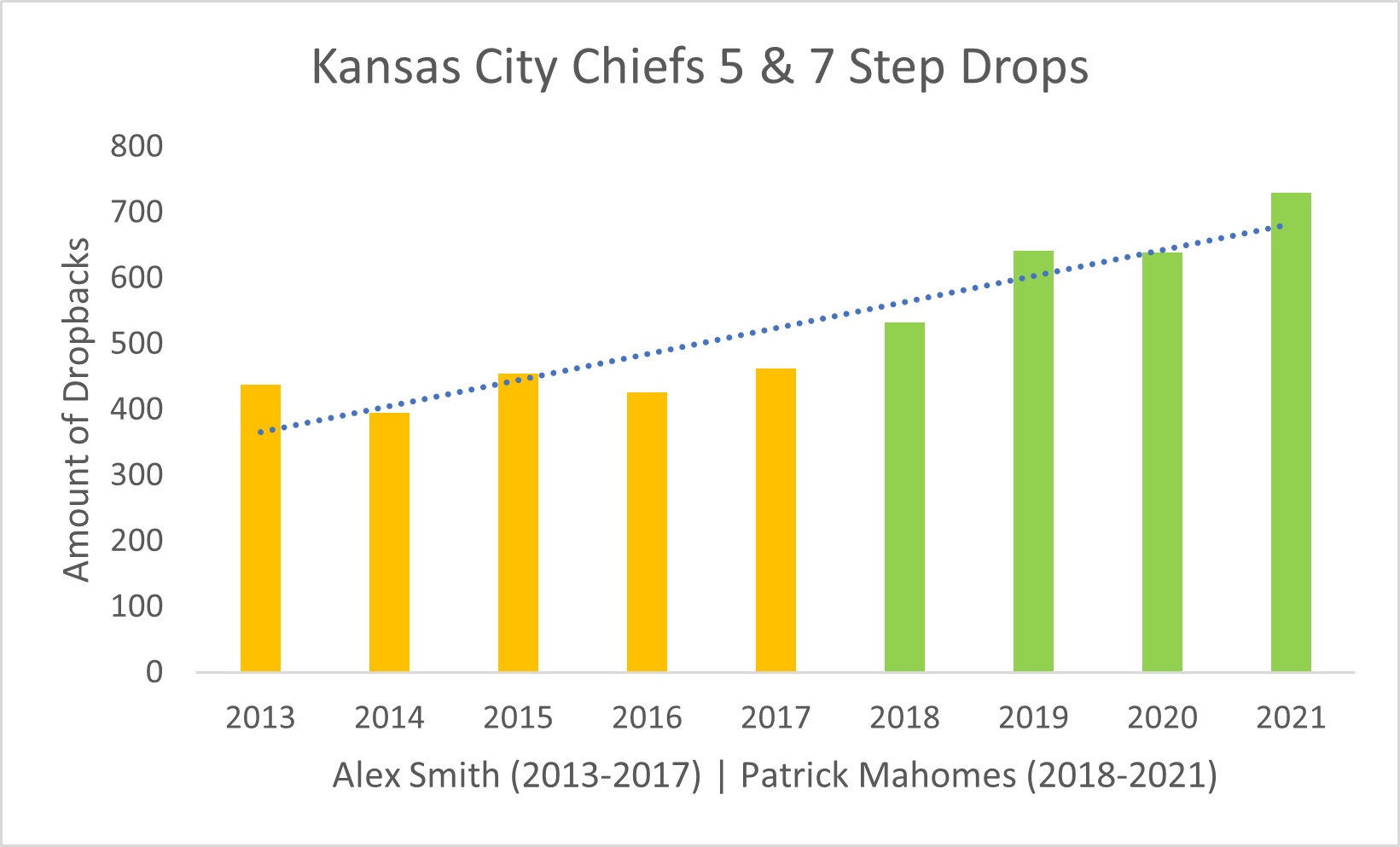
Another Head Coach who adjusted when bringing in a new QB was Bruce Arians when they signed Tom Brady. It’s stark how much the Buccaneers changed from their vertical passing offense to shortening routes and making systems more familiar for Brady. In Arians’ years as a Head Coach, the last 2 seasons with the Buccaneers saw a career low in the metric of “percentage of pass attempts past the sticks”, as low as 44.1% in 2021 when his previous career low was previously 50.4% in 2014.
The Buccaneers and Arians also took parts of what the Patriots offense evolved into and used it to their advantage. In Brady’s last 2 years in New England, they used 11 Personnel more than ever before in his career. That fitted Arians’ existing system, so they kept such elements and Brady then had career highs of 11 personnel snaps in 2020 and 2021 with the Buccaneers, and eventually landed them a Lombardi Trophy.
Moving forward, a player who will be particularly interesting to watch is Trey Lance, another NDSU QB transitioning from the gap-running scheme from his college days to the traditional West Coast offense employed by Kyle Shanahan and the 49ers. He hasn’t had much opportunity for starter reps yet, but if that chance does come this season, it will really show what stage he is at with his development, after being a back-up and learning the scheme for his whole rookie season.
The stats show that elite QBs can overcome changes of scheme, but for new rookies entering the NFL, it can be a particularly challenging environment. Therefore, even if a complete scheme change is not undertaken, it’s necessary to tailor some concepts to the new QB for familiarity and allow them to become comfortable with their new scheme (or elements of it) and the players around them.


